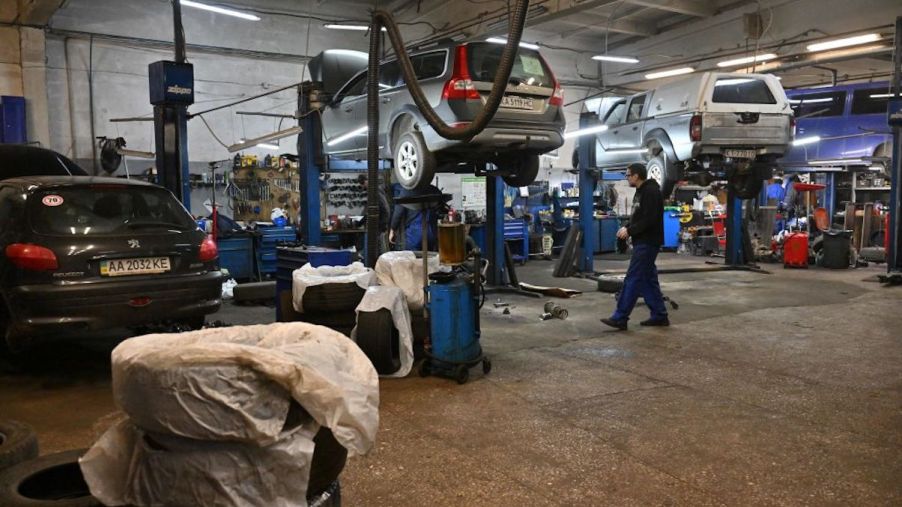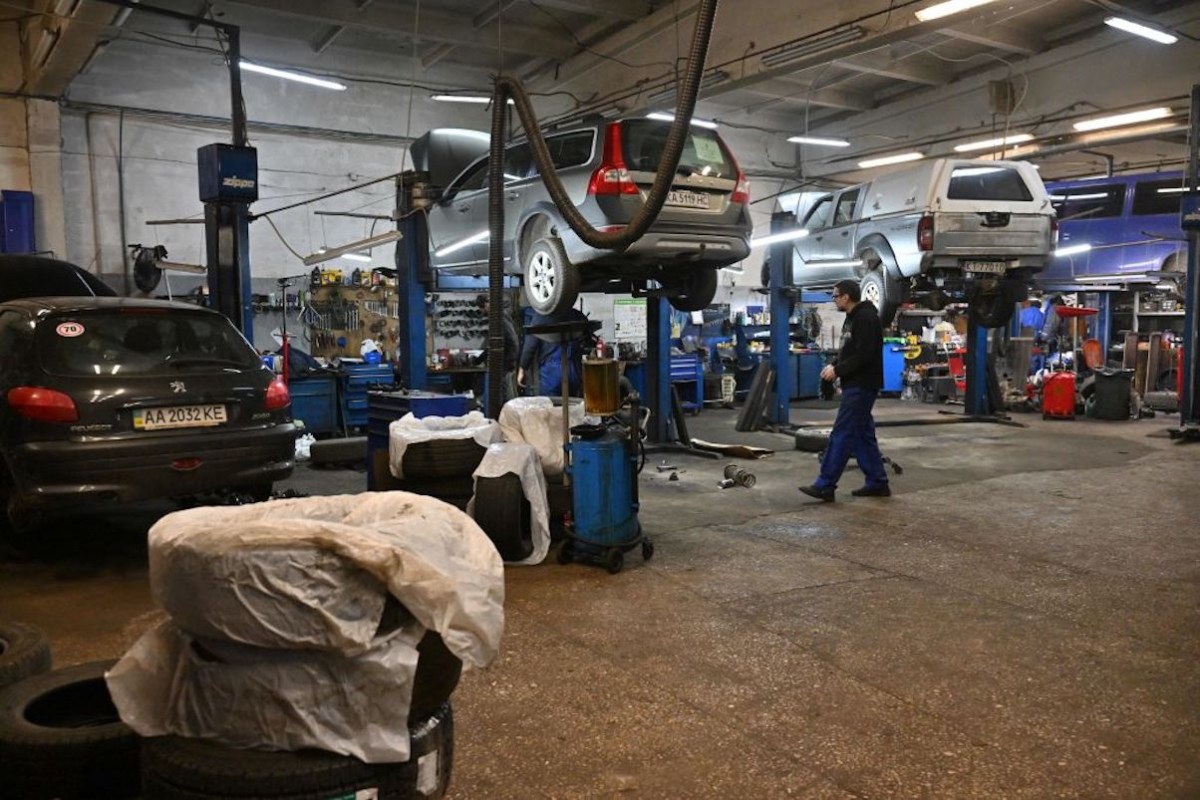
Does Every Car Have a Transfer Case?
If you’re concerned about driving in slippery conditions or if you want to venture off the paved roads on your next adventure, you’ve considered buying (or you already have) an all-wheel drive (AWD) or four-wheel drive (4WD) vehicle.
While both systems provide power to the front and rear wheels, the mechanics of how they work and their differences are the subject of a different article. This one is about the transfer case, a term you’ve likely heard associated with AWD and 4WD SUVs, cars, and pickup trucks. What does the transfer case do and will you find it on every car?

What is a transfer case, and what does it do?
A transfer case takes input from a vehicle’s transmission and splits it into two drivelines through a series of internal gears and chain drives. While some transfer cases feature a single 1:1 gear ratio that transfers transmission-provided torque to the driveline unchanged, others provide two user-selectable gear ratios.
The second gear, often labeled 4-Low or something similar takes the provided torque and multiplies it by spinning the driveline output slower than the transmission input. While the amount of multiplication varies depending on the transfer case design, 4:1 is a common ratio.
For example, in a 4:1 torque multiplication, the transmission input shaft spins four times to the output shaft’s single revolution.
MotorTrend says In AWD or full-time 4WD systems, the two drivelines provide power to the front and rear differentials all the time but don’t mechanically lock together. This lack of mechanical lock allows enough driveline flexibility to make tight turns into parking spaces while still providing traction to all four tires when encountering a surprise slick spot.
In part-time 4WD systems, the transfer case usually operates in 2-Wheel-High mode. When in 2-Wheel-High, the drivetrain operates like any other two-wheel drive vehicle, reduces component wear, and offers improved fuel efficiency.
Shifting into 4-High engages the transfer case gears to provide power to wheels not usually under power, locking the front and rear drivelines together and selecting 4-Low allows more 4WD torque at slower speeds.
Methods for shifting a transfer case vary among vehicles. Many systems employ an electronic shift knob or button mounted on the dash or center console that activates an electronic solenoid to engage the transfer case gears. Other systems have a lever near the floor close to the driver’s seat that manually shifts the transfer case into the desired gear.
Do all cars use a transfer case?
No, not all cars use a transfer case. Only cars, pickup trucks, and SUVs with AWD or 4WD use a transfer case. The exception is AWD electric vehicles (EVs) that use auxiliary electric motors to power front and rear wheels instead of employing transfer cases.
What types of vehicles have a transfer case?
As AWD and 4WD become more prevalent in mainstream vehicles, many cars, SUVs, and pickup trucks have transfer cases. While any drive type other than front-wheel or rear-wheel drive is optional on most cars that feature additional drive types, all Subaru vehicles come standard with AWD.
In addition, pickup trucks and SUVs offer the most models with part-time 4WD systems and drivelines strong enough for any offroad activity beyond a maintained road.



